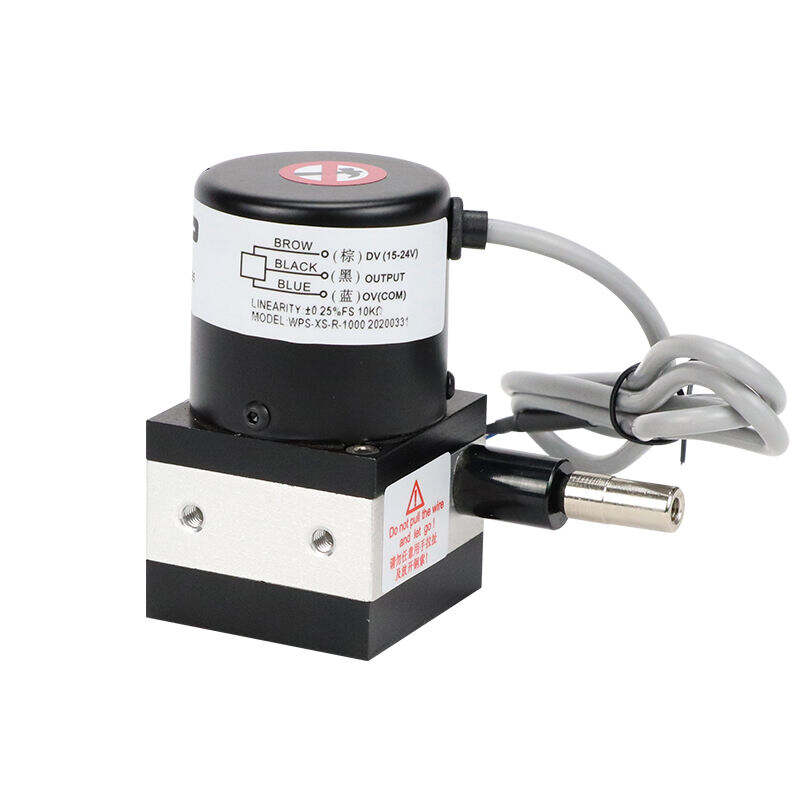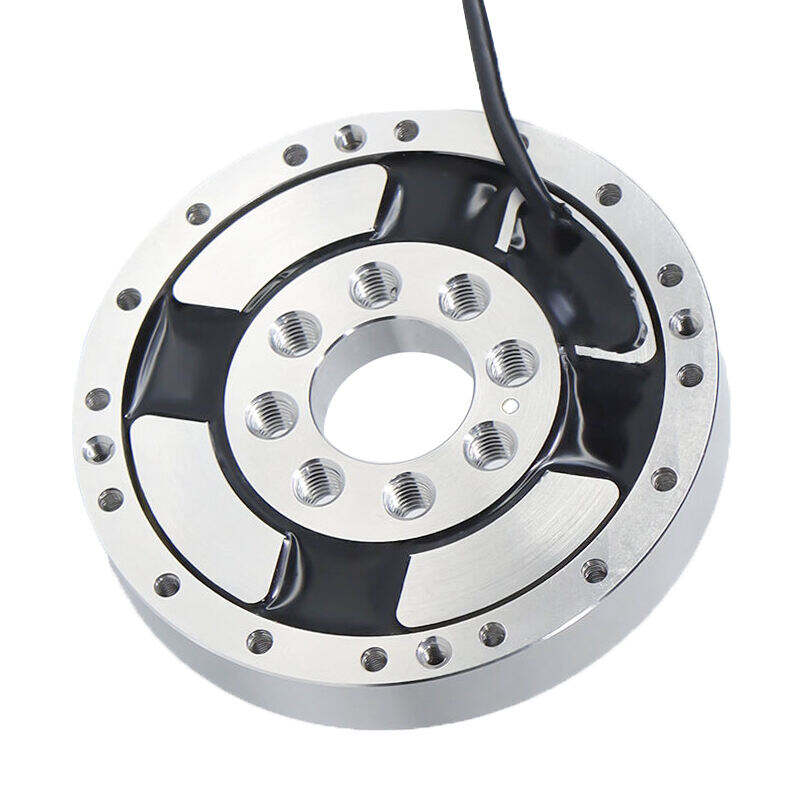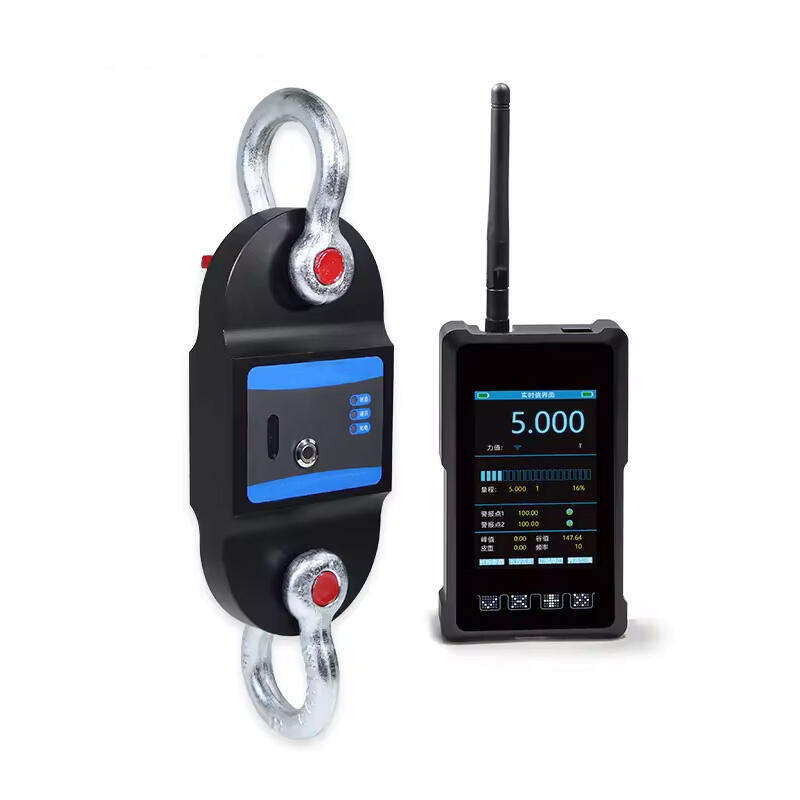Balance load cell
A Balance load cell represents a sophisticated force measurement device that converts mechanical force into precise electrical signals. This high-precision instrument utilizes strain gauge technology to measure weight and force with exceptional accuracy. The device consists of a specially designed metal body that deforms elastically under applied force, with strain gauges strategically positioned to detect these minute deformations. Balance load cells are engineered to provide stable and reliable measurements across a wide range of applications, from laboratory equipment to industrial processes. The technology incorporates temperature compensation and environmental protection features, ensuring consistent performance regardless of ambient conditions. These devices are capable of handling various load ranges, from milligrams to several tons, making them versatile for different weighing applications. The Balance load cell's design typically includes multiple strain gauges arranged in a Wheatstone bridge configuration, enhancing measurement sensitivity and eliminating unwanted signal noise. This configuration allows for excellent linearity and repeatability in measurements, crucial for precise weight determination. The device also features built-in overload protection and maintains accuracy even under dynamic loading conditions.


